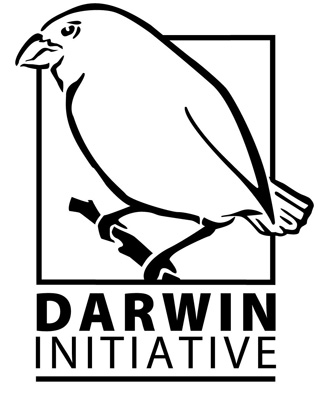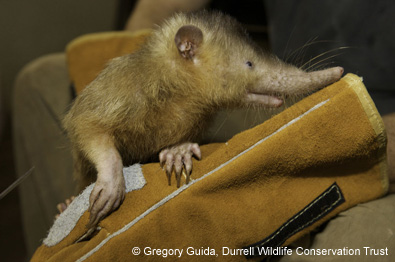A three-year conservation project for Hispaniola’s native mammals has just received large-scale support from the UK-based Darwin Initiative, a scheme which draws upon UK biodiversity expertise to assist countries that are rich in biodiversity but poor in financial resources. The project will be co-ordinated by the Durrell Wildlife Conservation Trust and the EDGE programme, together with the Sociedad Ornitologíca de la Hispaniola, the Parque Zoológico Nacional (ZOODOM), and the Oficina de Parques Nacionales de la Republica Dominicana.
Hispaniola is home to two surviving native land mammals, the Hispaniolan solenodon and the Hispaniolan hutia, both of which are classified as Endangered by the IUCN. The Hispaniolan solenodon is one of the highest-ranking EDGE mammals, as it represents an extremely evolutionarily distinct mammal lineage, which diverged from all other mammal groups almost 80 million years ago. However, little is known about the status and basic ecology of either species, or the effectiveness of the existing protected area network in meeting their conservation requirements.
The Darwin project will investigate solenodon and hutia distribution, density, habitat associations and threats at a range of study sites across the Dominican Republic, together with patterns of natural resource use by rural communities in regions where these mammals occur, and will develop appropriate monitoring protocols for both species as well as introduced predators such as feral dogs and mongooses. These actions will be supported by extensive training of in-country project staff in field research and analytical techniques and conservation planning, and awareness-raising in local communities about the need for native mammal conservation. The project will lead to the eventual development of science-based Species Action Plans and a long-term national monitoring programme for both the solenodon and the hutia.

